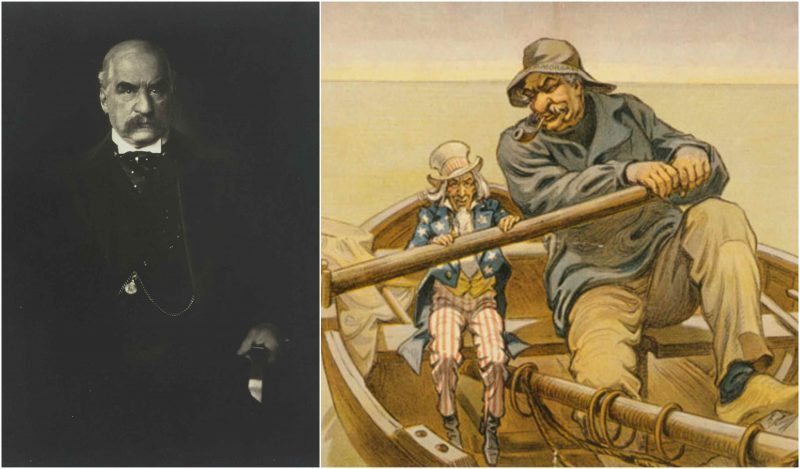Rockefeller is a synonym for oil, Carnegie for steel and J.P. Morgan for industry. Morgan is considered as America’s greatest banker and the wealthiest financier in history.
He financed railroads and helped the logistics of U.S. Steel Corporation, General Electric, International Harvester, and AT&T.
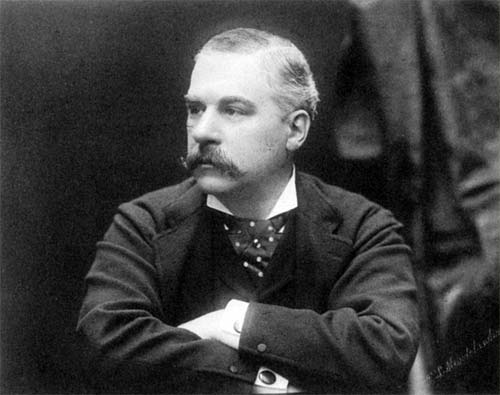
John Pierpont or “J. P.” Morgan, was born in 1837 in Connecticut, into a wealthy and influential family. His father sent him to Europe to study business where he also learned German and French and earned a degree in history of art. He went into banking in 1857 and worked for and along with his father.
Then, in 1871 he partnered with the Drexels of Philadelphia and started his own private banking company with Anthony J. Drexel who was appointed as his mentor by his father. After the death of Drexel in 1895, the company was renamed “J. P. Morgan & Company”.
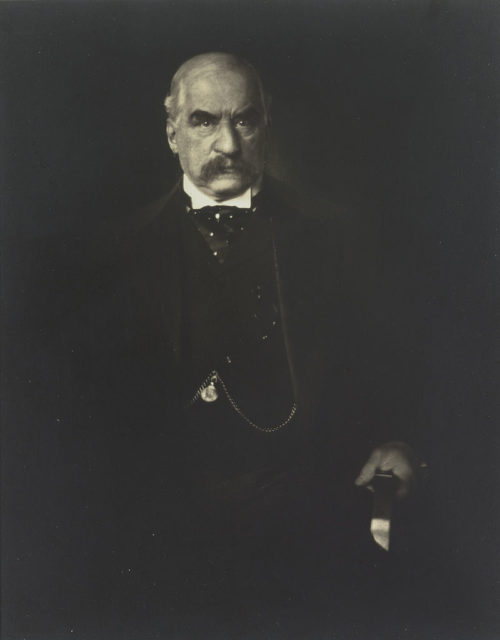
In the late 19th century, the U.S. railroad industry went through a sudden, unexpected growth and stimulated competition which blurred the financial control over it.
The industry would have suffered considerable damage or probably would have stopped its actions if it wasn’t for Morgan who helped the reorganization and financial consolidation of the railroads. As a result, he gained control over 100,000 miles of railroad.
During the Panic of 1893, The Federal Treasury was nearly out of gold and there was no central bank in the States to support it, so it resulted in an economic crisis. But Morgan founded a banking syndicate and along with the Rothschild banking family of England, loaned over $65 million to the federal government.

An exact thing happened during the Panic of 1907, also called the 1907 Bankers’ Panic or Knickerbocker Crisis, when the New York Stock Exchange fell almost 50% from its peak from the previous year and led many banks and business into bankruptcy.
The case would have worsen and provoked downfall for the entire nation if Morgan didn’t invest his own money and convinced other New York bankers to do the same in order to save the banking system.
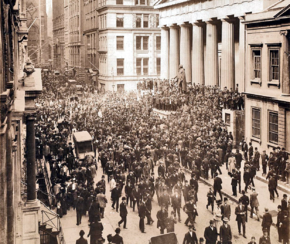
However, Morgan was accused by many journalists and politicians of manipulation with the financial system for his own benefit. He saved the U.S. financial system twice but the federal government was already in a massive debt. In order to repay it, Morgan was permitted to spread his monopoly.
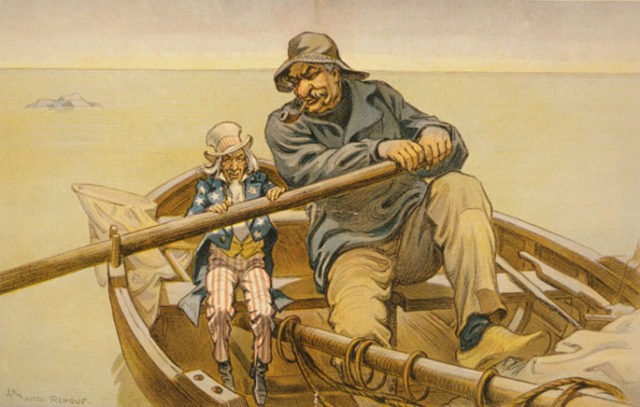
In 1912, the Pujo Committee was formed, which was a congressional subcommittee of the House Banking and a committee of Currency.
This prompted an anti-competitive conspiracy among some of the nation’s most powerful financial interests. The Committee was basically the first legislative body to fight the battle which the people of America fight today.
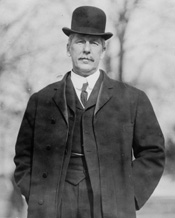
The Pujo Committee believed that a few financiers, among which Morgan and his partners, are abusing their powers and public trust for their own benefits. Morgan was called to testify because there was a suspicion of him about manipulating the entire financial system of the States and moreover, that his solutions ended up in saving the nation from corporate bankruptcy, thus providing him control over money industries.
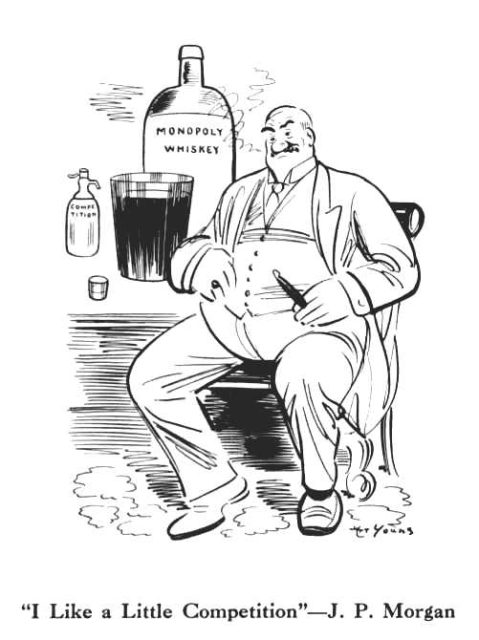
Certainly, Morgan was hungry for power but his investments weren’t always successful. For example, in 1900 he gave Tesla $150,000 (equivalent to $4.3 million in 2015) to build a trans-Atlantic wireless communication system in exchange for 51% of Tesla’s patents.
But as soon as the agreement was signed, Tesla decided that he needed more money which Morgan wasn’t willing to give, so the project was cancelled.
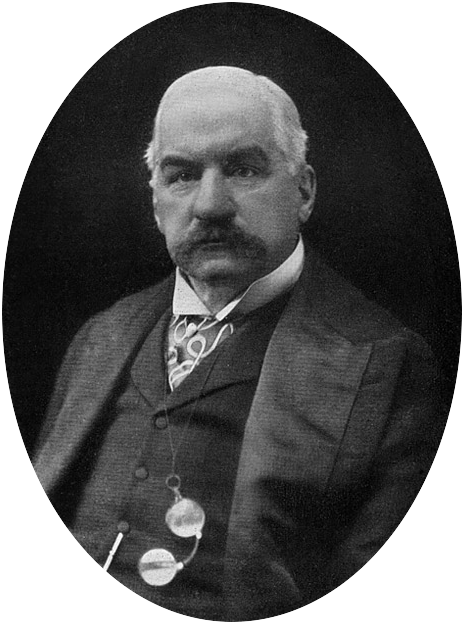
Morgan had been married to Frances Louisa Tracy since 1861 and they had four children. Later in his life, he suffered from rosacea, a chronic skin disease, and therefore avoided publicity and hated being photographed. Nevertheless, due to his power and success, he was quite self-confident in front of people.
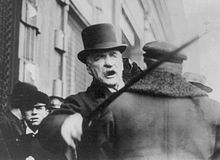
He was an art lover who collected paintings. Many of them were later loaned or given to MOMA. A lot of his paintings remained in his house in England and in his home near Madison Avenue in New York City. He also enriched American museums with his gem collection.
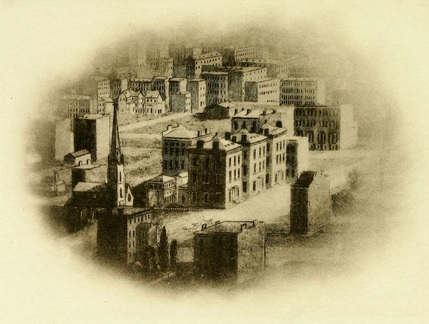
Morgan was scheduled to travel on RMS Titanic but changed his mind it the last minute, choosing to remain in a resort in France.
No doubt that he would have survived the shipwreck, but he died only a year later, in 1913 in Rome, at the age of 76. Death took him peacefully in his sleep, while traveling abroad.
